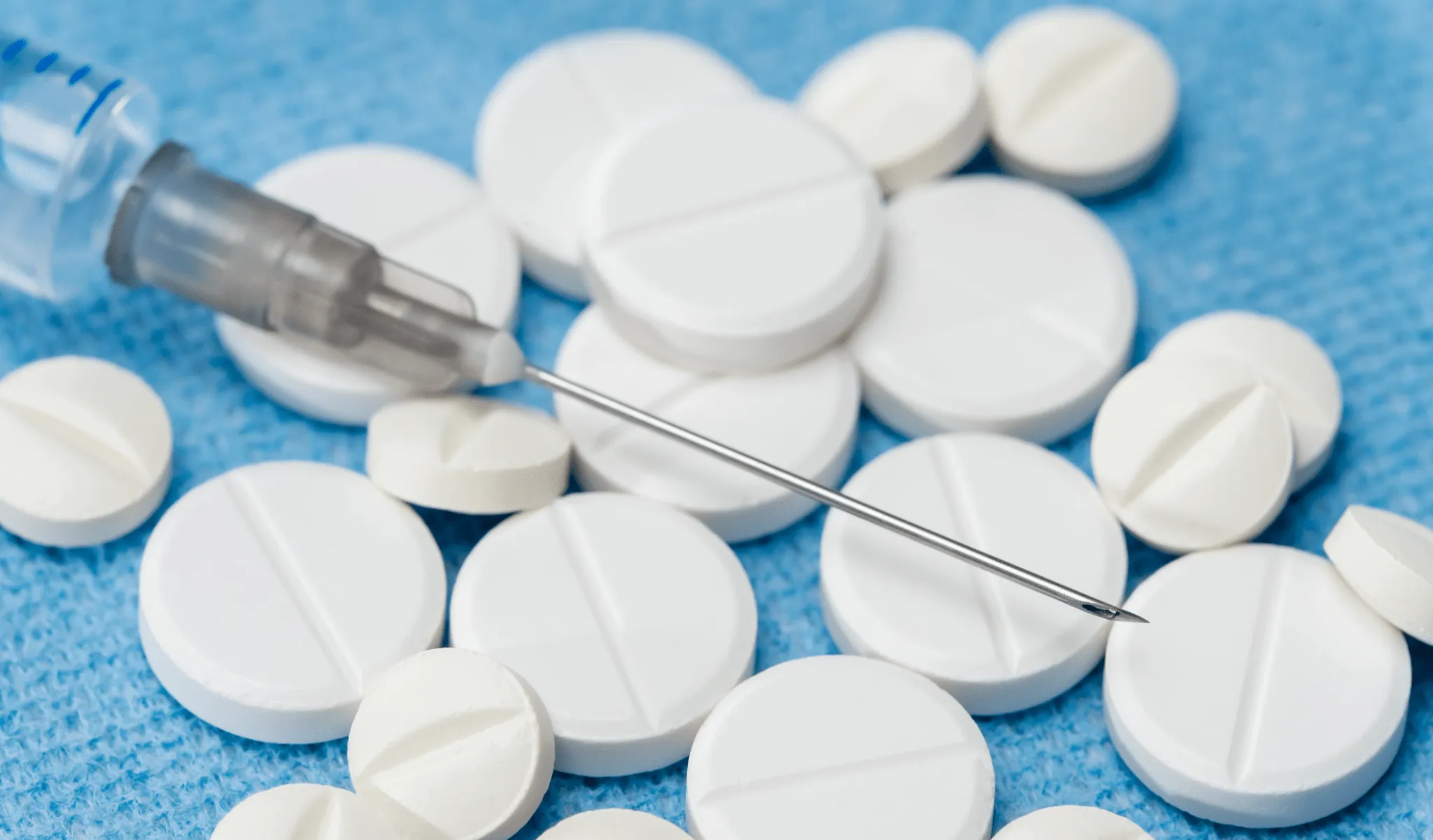
Comparing injections and pills for effectiveness is more complicated than most people initially assume.
Each method of delivering medication follows different biological pathways with its own strengths and limitations.
Sometimes injections dominate because they act faster, stronger, or with more direct targeting than oral drugs.
Other times, pills offer better convenience, fewer risks, and long-term benefits that injections cannot match.
Choosing between injections and pills depends on the condition, urgency, drug properties, and patient-specific factors.
No universal answer fits every case; instead, therapeutic strategies must adapt based on evolving clinical needs.
Understanding how these options differ helps patients and physicians make smarter, tailored treatment decisions together.
Comparing injections and pills for effectiveness is more complicated than most people initially assume
Simplistic views often pit injections against pills as inherently better or worse based on speed alone.
In reality, pharmacokinetics—the body’s absorption, distribution, metabolism, and excretion of drugs—complicates simple comparisons greatly.
Effectiveness depends on reaching target tissues at therapeutic concentrations without causing excessive systemic side effects.
Patient adherence, disease characteristics, comorbidities, and drug chemical properties further influence best delivery choices.
Different illnesses, severities, and contexts reshape the balance between injections and pills constantly during care journeys.
The right tool depends on much more than generic assumptions or casual comparisons between routes.
Each method of delivering medication follows different biological pathways with its own strengths and limitations
Pills enter the stomach, undergo digestive breakdown, pass through the liver, and circulate systemically before reaching targets.
Injections bypass digestion, delivering active drugs directly into bloodstream, muscles, joints, or other tissues.
Oral administration often results in slower onset, lower peak concentrations, but longer overall durations.
Injection routes provide rapid, sometimes near-immediate therapeutic effects but usually fade faster without maintenance dosing.
Drug solubility, molecular stability, and biological half-life determine which delivery method suits particular clinical goals.
Strengths and weaknesses vary case by case rather than following a rigid hierarchy of superiority.
Sometimes injections dominate because they act faster stronger or with more direct targeting than oral drugs
In emergency situations like anaphylaxis or severe infections, injections offer life-saving rapid intervention.
Intravenous antibiotics, epinephrine shots, or corticosteroid injections bypass digestion, flooding tissues instantly with potent medications.
Fast targeting minimizes damage by stopping harmful processes before they cascade out of control.
Certain pain management scenarios require injections to deliver localized anesthetics or anti-inflammatories to compressed nerves directly.
Speed and concentration matter most when timing determines outcomes between recovery or irreversible deterioration.
Injections deliver when urgency demands action faster than the body can process swallowed medications.
Other times pills offer better convenience fewer risks and long-term benefits that injections cannot match
Pills shine for chronic conditions requiring daily, steady-state drug exposures like hypertension, diabetes, or depression.
They avoid risks associated with repeated needle use, such as infection, bleeding, or tissue damage.
Self-administration of pills fits naturally into home routines without needing specialized medical equipment or supervision.
Stable blood levels from sustained oral dosing often manage diseases more predictably over extended periods.
Fewer clinic visits mean lower healthcare costs, greater independence, and improved overall patient satisfaction.
Oral therapies dominate maintenance regimens precisely because they offer practicality alongside sufficient therapeutic efficacy.
Choosing between injections and pills depends on the condition urgency drug properties and patient-specific factors
Acute illnesses needing immediate interventions often start with injections before transitioning into oral therapies.
Long-term management goals favor methods balancing effectiveness, safety, affordability, and adherence potential sustainably.
Patient preferences, psychological comfort, needle phobias, and cultural norms influence delivery strategy success indirectly.
Drug interactions, liver function status, gastrointestinal health, and allergy histories modify ideal route selection decisively.
Tailoring strategies avoids forcing rigid protocols onto diverse biological and personal landscapes in healthcare.
Customization wins over universalization when matching medications with human realities.
No universal answer fits every case instead therapeutic strategies must adapt based on evolving clinical needs
Initial presentations, treatment responses, side effect profiles, and disease evolutions all change medical priorities dynamically.
A therapy beginning with injection support may later stabilize into an oral-only regimen after crisis control.
Conversely, escalating disease severity or treatment failure might escalate oral therapies into parenteral interventions.
Flexibility preserves patient outcomes better than rigid adherence to any single delivery dogma permanently.
Therapy adjustments based on real-world feedback embody modern precision medicine principles effectively.
Managing expectations around adaptability improves satisfaction, adherence, and long-term success rates significantly.
Simplistic views often pit injections against pills as inherently better or worse based on speed alone
Focusing purely on how fast relief arrives ignores longer-term dynamics shaping therapy success sustainably.
Temporary speed advantages sometimes sacrifice safety, convenience, or cost-effectiveness over chronic treatment arcs.
Patients misled by oversimplified promises often feel disappointment, confusion, or betrayal during later disease stages.
Educating individuals about nuanced pros and cons fosters informed participation and realistic expectation setting.
Speed matters—but context matters more—when navigating complex chronic disease management challenges intelligently.
Sophistication in understanding delivery choices strengthens therapeutic relationships fundamentally.
Pills enter the stomach undergo digestive breakdown pass through the liver and circulate systemically before reaching targets
The liver’s first-pass metabolism alters drug availability, sometimes reducing active concentrations dramatically.
Gastrointestinal conditions like ulcers, reflux, or malabsorption syndromes interfere unpredictably with oral drug effectiveness.
Food interactions delay, accelerate, or blunt absorption curves, complicating dosing timing and dietary counseling needs.
Swallowed medications face many hurdles before impacting intended organs or tissues directly.
Nonetheless, most oral drugs succeed because benefits outweigh these relatively manageable inefficiencies practically.
When predictability trumps immediacy, pills dominate therapeutic landscapes naturally.
In emergency situations like anaphylaxis or severe infections injections offer life-saving rapid intervention
Intramuscular epinephrine reverses fatal allergic reactions faster than any pill ever could.
Intravenous antibiotics halt sepsis progression before organ failure cascades beyond rescue.
Fast routes mean survival where slower mechanisms risk catastrophic deterioration instead.
Time-critical scenarios reshape value hierarchies, placing rapidity and certainty over convenience temporarily.
Every second counts during certain crises, and injections deliver without waiting for digestion processes.
Their indispensability during emergencies underscores their enduring role despite oral medicine advancements elsewhere.
